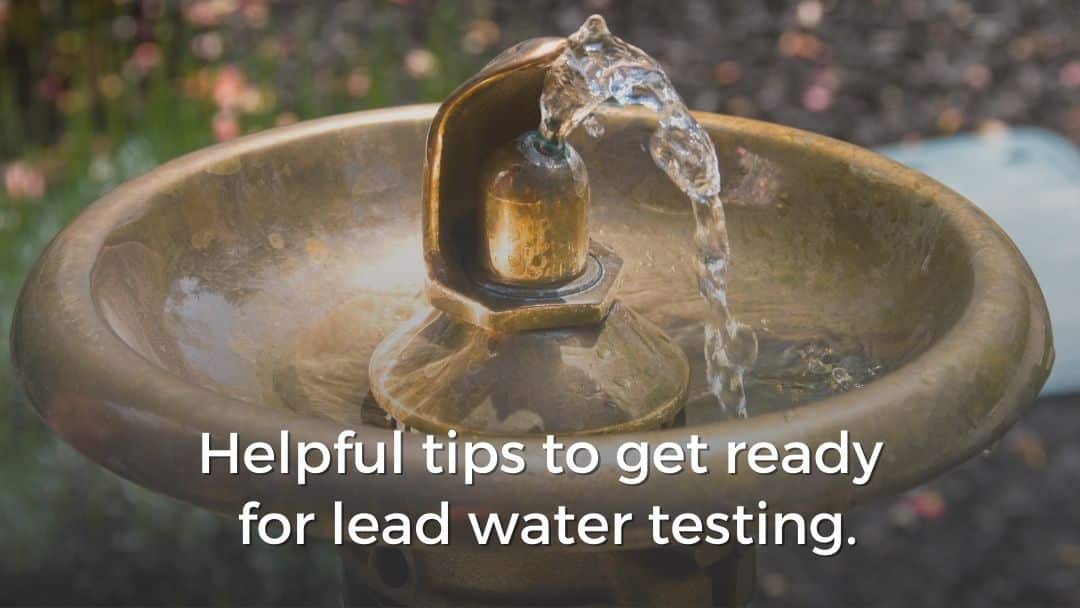
A Quick Guide from California’s Health and Human Services Agency Department of Social Services
Introduction: According to the Environmental Protection Agency, as much as one-fifth of a child’s exposure to lead—a neurotoxin that can detrimentally affect their intelligence, growth, hearing and more—comes from drinking water. This is why California regulators have created a lead testing program under Assembly Bill 2370. This bill requires tests for lead in the drinking water of all licensed childcare facilities, with a deadline for the first lead testing by January 1, 2023. (1)
[The requirement to test drinking water for lead is for Licensed Child Care Centers only. They do not apply to Family Child Care Homes.]
In this blog, we’ll provide a mini-overview on how Child Care Centers can prepare for their lead test appointment. These guidelines are from the Department of Social Services.
1. Be sure that your Lead Water Tests will be conducted by a Certified External Water Sampler who works with a California laboratory that has been certified through the Environmental Laboratory Accreditation Program (ELAP) to measure contaminant levels in water.
2. Make sure that your water sampling appointments are not held during extended breaks, vacations, holidays, or other shutdowns. And, that all water outlets are evaluated beforehand to see if testing is required. This includes:
a. All faucets, fountains, coolers, bubblers, bottle-filling stations, and filtered water dispensers located on the exterior and interior of buildings—including those located in hallways, playgrounds, classrooms, and cafeterias.
b. If two or more drinking water outlets are located in the same sink, the most-used drinking water device, bubbler or faucet, shall be water sampled first.
3. Ensure that all cold-water outlets, including single-handled faucets that dispense both hot and cold water, used for drinking and food preparation are tested. This means:
a. The hot water side of two-handled faucets and fountains will not be tested, only the cold-water side will be tested.
b. The following chart reviews the areas to determine which outlets must have required water sampling:
4. Make sure that no water in the building or grounds (both inside and outside) are used for at least 8 hours prior to the draw of the water samples.
Of course, these are just a few of the key requirements that California Child Care Centers must meet when conducting the lead water tests. Keep in mind that these lead water testing requirements are due January 1, 2023, it’s important to make an appointment with a Certified External Water Sampler as soon as possible.
If you’ve missed the deadline, we’ve got you covered. We can still get you tested. (After sampling over 500 CCC locations, we can get the job done accurately and efficiently!)
Contact Adviro for Child Care Center Lead Water Testing
At Adviro Environmental Consulting and Testing, our professionals are approved as Certified External Water Samplers and are ready to help you meet the state requirements for CCC lead water testing.
As a 5-star rated California environmental testing company, we’re known for our professionalism, efficiency, and accuracy, and we work with a certified lab as required by law. We provide easy-to-understand and thorough reports, so you have all the data you need to comply with the lead testing requirements. To make an appointment, send us an email at info@goadviro.com or call (844) 607-9667.
Resources for Lead Testing in Child Care Centers
For more helpful information regarding Child Care Center lead water testing, please visit website for California State Water Resources Control Board’s Lead in Drinking Water Testing Assistance Program for Child Care Centers (CCCs).

Recent Comments